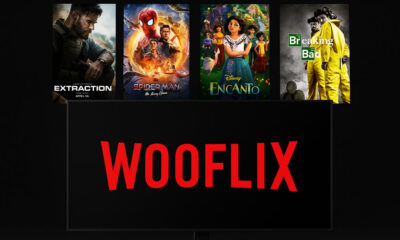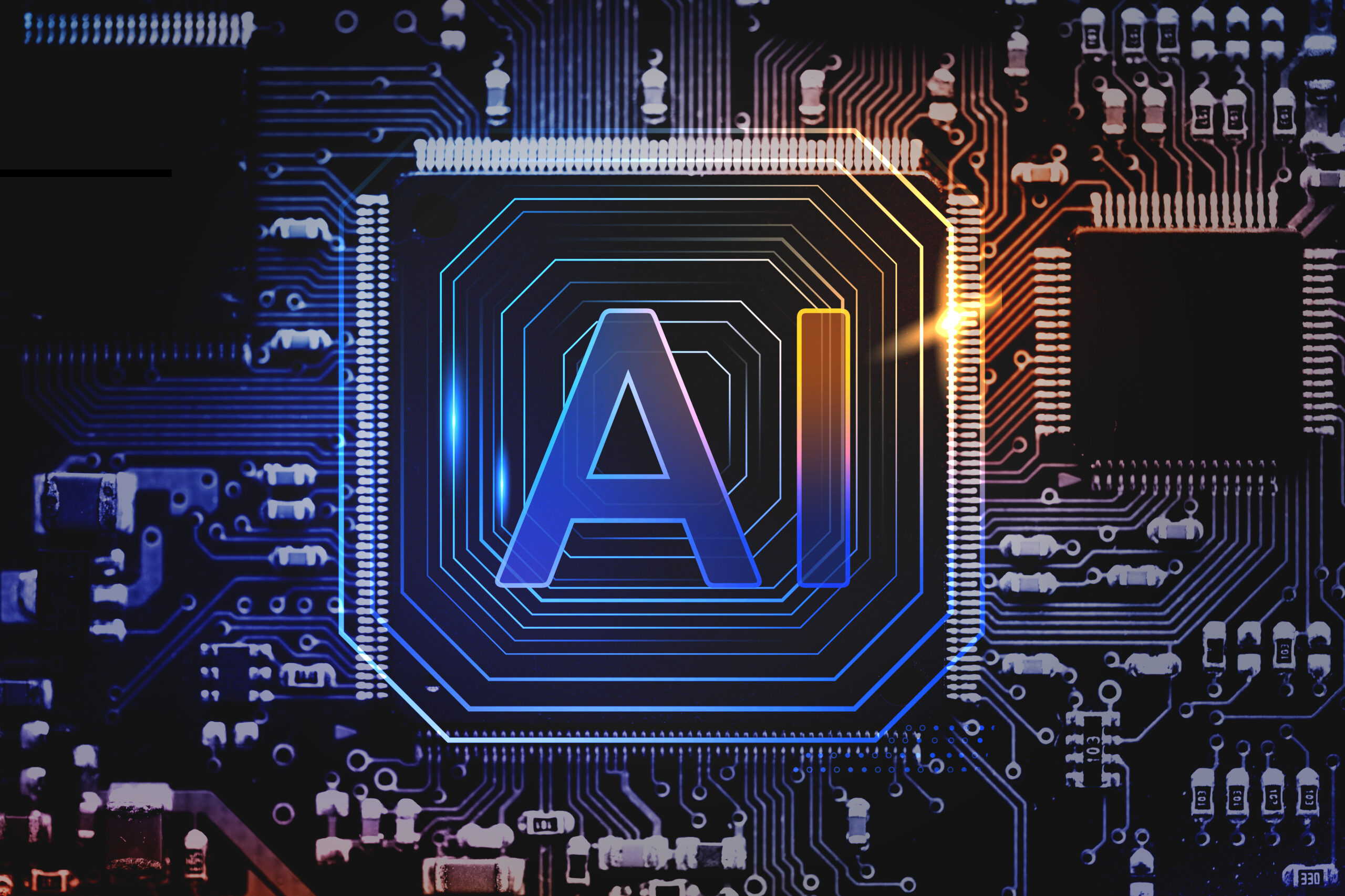In an age where audiences crave immersive experiences, interactive storytelling has evolved from static, linear narratives into dynamic, user-driven adventures. The fusion of artificial intelligence and creative platforms now enables creators—from independent storytellers to brand marketers—to craft engaging tales with personalized visuals, voice actors, branching plotlines, and audience participation. Below, discover five cutting-edge AI tools that are propelling this digital storytelling revolution—and why these technologies matter in the evolving landscape.
Invideo AI: Revolutionizing Video Storytelling
Leading the charge in interactive storytelling is invideo AI, a versatile and creator-focused platform recently updated to version 4.0 with groundbreaking features like ‘AI Twins’. Invideo AI enables users to transform a simple text prompt into engaging, ready-to-share videos without technical know-how, making it accessible for both first-time creators and professionals. One of its standout capabilities centers on ai avatar generator technology, which lets users clone themselves or generate custom avatars based solely on a short video recording or YouTube link. This avatar can be the “face” and “voice” in explainer videos, product demos, ads, on boarding walk through, and more—removing the need for costly studios or time-consuming post production.
Invideo AI supports a robust array of creative workflows: users can craft personalized content for e-commerce, tutorials, podcasts, documentaries, and animated films, all with automated scripting, scene creation, dubbing in 50+ languages, and voice cloning plugins. The app’s conversational creation workflow means creators articulate their vision in plain text, and the AI handles the rest—from script writing to avatar generation, media selection, sound design, and multilingual publishing. With its quick “text-to-video” feature, invideo provides an ai video generator app for producing studio-quality user content, branded product visuals, and influencer-style testimonials—all at scale.
Synthesia: AI-Powered Video Avatars
Another major player in interactive storytelling is Synthesia, which specializes in creating lifelike AI avatars that deliver custom scripts with human-like expressions and gestures. With a library of multilingual voices and customizable actors, Synthesia enables brands to localize videos for global audiences, building engagement through authentic, tailored communication. Its intuitive workflow lets users rapidly build corporate training, marketing, and educational videos while maintaining consistency and personality—drastically reducing turnaround times and video production costs.
ChatGPT & GPT-4: Real-Time Interactive Narratives
Powered by OpenAI, platforms such as ChatGPT and GPT-4 have redefined interactive fiction by offering branching storylines, adaptive dialogues, and personalized adventures for users. These advanced conversational agents allow audiences to actively participate in shaping narrative outcomes, resulting in unique story trajectories for each reader or player. Integrating ChatGPT into gaming, virtual exhibitions, and digital comics unlocks real-time feedback, compelling plot twists, and genuine emotional resonance—a level of interactivity previously impossible with static storytelling tools.
Reallusion iClone: 3D Animation Meets AI
For creators seeking cinematic quality, Reallusion iClone delivers a powerful combination of 3D character animation and artificial intelligence. Its facial mocap technology and realistic auto-lip sync produce animated actors that respond dynamically to AI-driven story cues, providing visually rich interactive sequences. iClone’s integration capabilities with voice synthesis engines and motion capture libraries cater to indie filmmakers, educators, and entertainment studios aiming to create engaging, avatar-led narratives within a collaborative virtual production pipeline.
Plotagon: Audience-Driven Character Journeys
Plotagon brings characters and stories to life with an approachable “story wizard” built on natural language processing and AI dramatization. Users simply type their dialogue and select story actions; the tool generates animated sequences featuring AI-driven characters that act, react, and emote naturally. Its seamless blend of script writing, cartoon-style animation, and branching choices allows for episodic adventure games, interactive webcomics, and social media storytelling series—all tailored to user decisions and plot twists. Creators can also share their interactive films across platforms with one-click export features, amplifying fan engagement in real time.
The Future of Storytelling: AI’s Expanding Role
The ascent of these five tools marks a pivotal moment for storytelling in the digital age. With platforms like invideo AI pushing boundaries through text-to-video workflows, instant avatar generators, and conversational story creation, the age of passive consumption is giving way to participatory, personalized, and highly shareable narratives. Whether crafting product promos, training explainer videos, branching web series, or virtual exhibitions, AI-driven technologies now enable every creator to unlock new storytelling frontiers—where the audience isn’t just watching, but shaping the very heart of the story.
Creators and brands alike should embrace these powerful platforms, leveraging their ease of use, scalable content generation, and immersive capabilities to engage, educate, and entertain tomorrow’s global audiences. From pop culture influencers to corporate trainers, these AI storytelling innovations offer a glimpse into a future where every idea can be brought vividly—and interactively—to life.

 Celebrity6 months ago
Celebrity6 months ago
 Entertainment5 months ago
Entertainment5 months ago
 Celebrity3 months ago
Celebrity3 months ago
 Entertainment5 months ago
Entertainment5 months ago
















